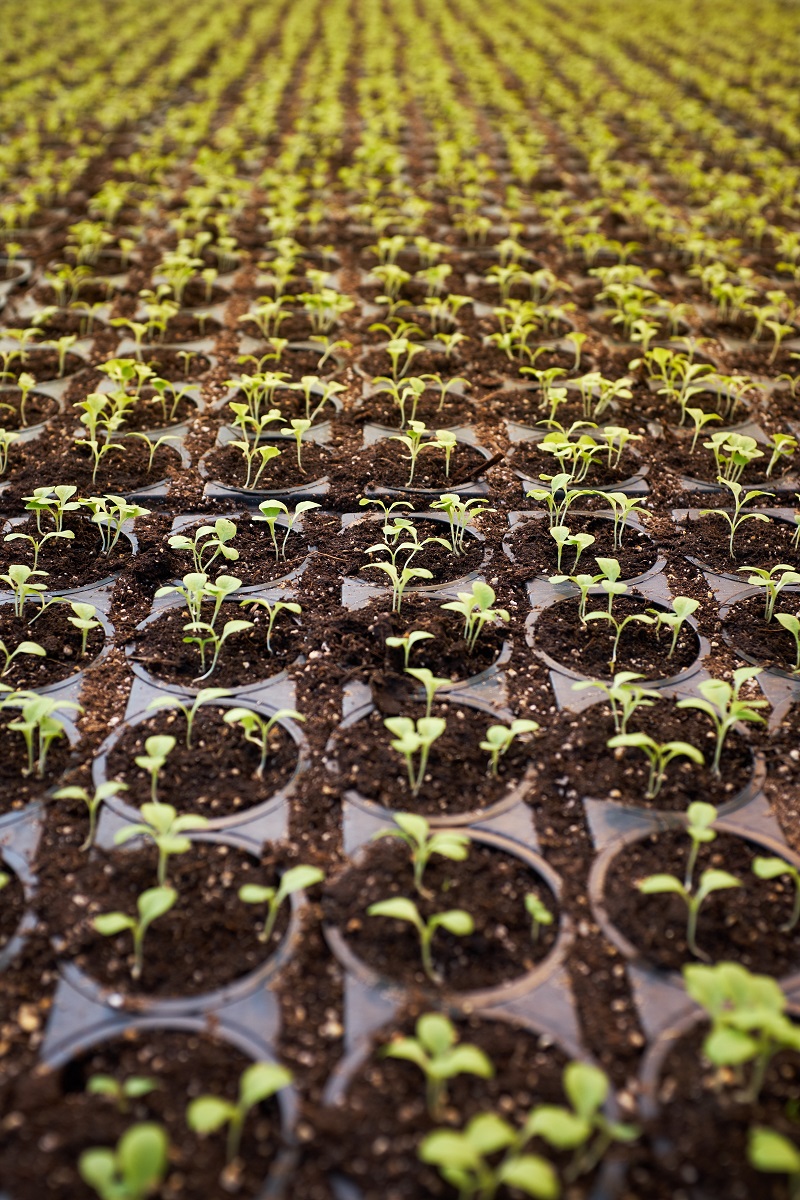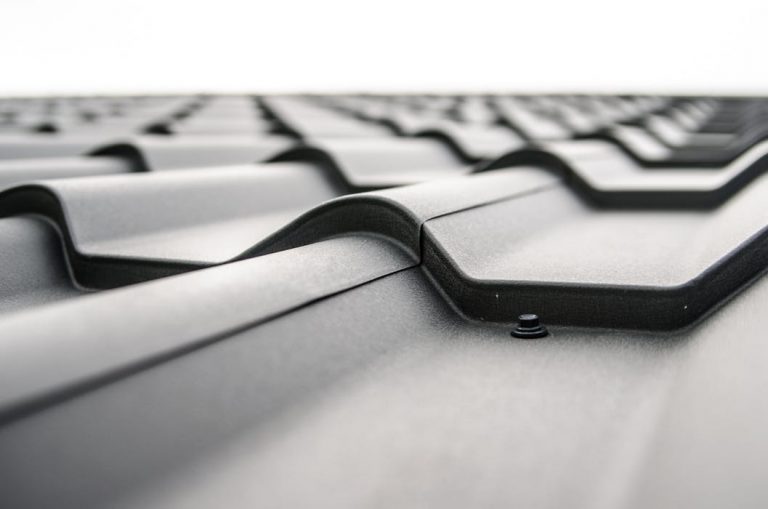
It’s no secret that LED lighting is a great lighting solution for almost all businesses – not to mention in the home. Financial savings and reduced carbon footprint can only be a good thing! One sector that can benefit hugely from industrial LED grow lights is farming. When it comes to nature, it pays to be green and it’s not only low energy and low bills that make LED an asset to farms – it’s also the amazing advantages for animals and plants.
You may not be aware, but LED lighting has been proven to increase productivity and wellbeing in us humans, and so is a popular choice for offices the world over. Unsurprisingly, this also works in the same way for animals, which in turn improves the running of farms and their produce.
Livestock
Let’s take chickens as an example. Chickens actually get very little vision from traditional incandescent bulbs. In their eyes they appear as a barcode with half of the information missing which causes the bird stress and ultimately, leads to bird-to-bird aggression. With LED lighting, the light is evenly distributed and is the closest alternative to natural light which keeps the chickens calm, happy and productive. With happier chickens, comes a higher quantity and quality of eggs that are proven to develop at a faster rate than under traditional light sources.
Horticulture
In the horticulture industry, the benefits of LED lighting are pretty spectacular, particularly in the business of growing fruit and vegetables. They can control the way in which plants grow which is has become invaluable to many farms. LEDs have been proven to stimulate plant growth by up to an amazing 40%, whilst being able to operate as normal in very hot or cold temperatures. They help to create a low-pressure, controlled environment where more can be produced with shorter grow cycles and in any climate necessary.
Arguably the most amazing benefit of LED lighting is that it can alter a way a plant grows. 90% of plant genes are regulated by light so by changing the spectrum, the taste, quality, aroma and nutritional value of fruit and vegetables can be changed and improved. This allows farmers to ensure that the taste of their produce is consistent throughout the year, making off-season fruit and vegetables a thing of the past. LED lighting also makes it possible to improve the strike rate of plant cuttings, bumping up the number of plants taken from the root from 20% to nearly 100%, making a hugely significant saving on labour and materials!
The numbers
Of course, one of the most attractive benefits of LED lighting is the financial savings, due to their high energy efficiency levels. INUI’s LED lighting calculator can really bring to light the benefits. Let’s say for example that a dairy farm is 10,000 square feet and contains 500 lights, all at 40 wattage. Based on a typical £0.1 kilowatt per hour, the existing electricity consumption stands at 368 kWh, leaving the running costs per year at £13,432.
By switching to LED lighting, the farm’s new electricity consumption, (based on a 50% reduction over the current lighting installation wattage required for farming use), would be 184 kWh, with running costs halved at a much lower £6,716 and with CO2 emissions savings left at 28,878.8 (based on a conversation factor of 0.43kgCO2/kWh).
The pressure on companies to reduce their carbon footprint is bigger than ever before. LED lighting is the perfect place to start taking those all-important steps to working in a more environmentally friendly way, all whilst reaping the many benefits.




Leave a Comment